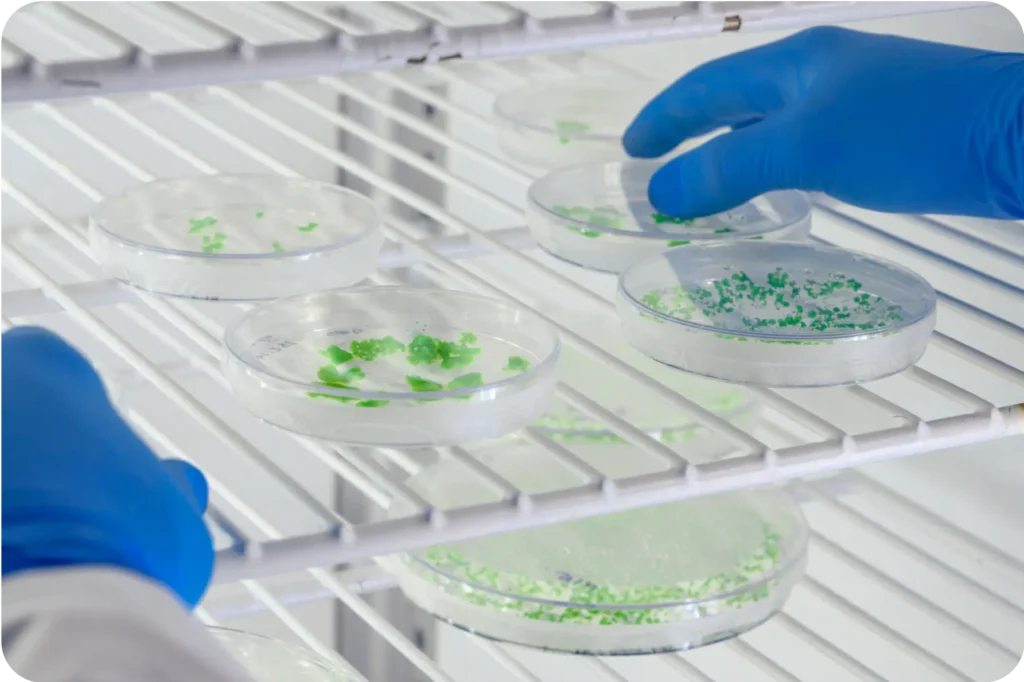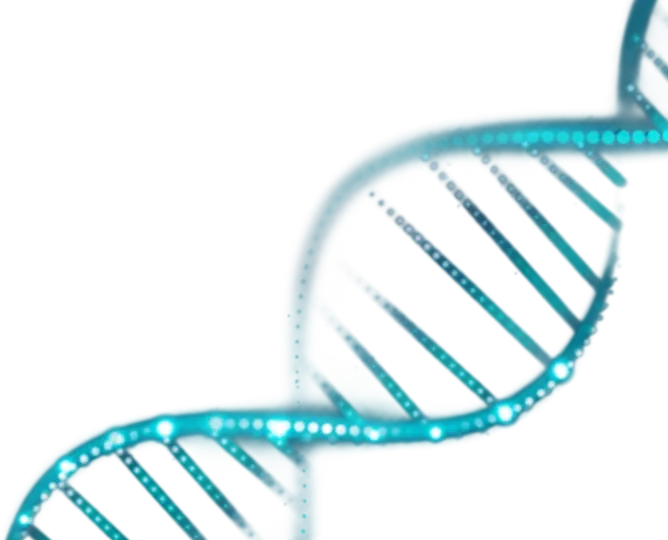Single-Cell & Single-nuclei RNA-seq
Our boutique CRO has completed 100s of complex RNA sequencing projects over the years making us highly qualified to tackle the unique conditions of your science.
Why perform single-cell sequencing?
Single-cell RNA sequencing (scRNA-seq) provides a high-resolution view of gene expression at the individual cell level. It uncovers cellular diversity, identifies rare populations, and drives discoveries across fields like cancer, immunology, and neuroscience. With scRNA-seq, researchers gain insights that bulk methods simply can’t reveal.
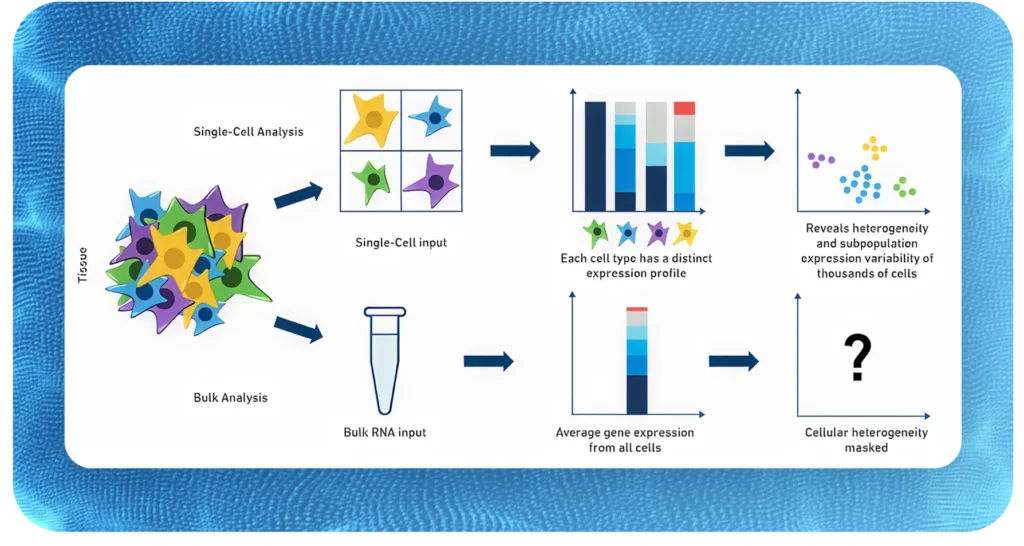
Single-cell or single-nuclei?
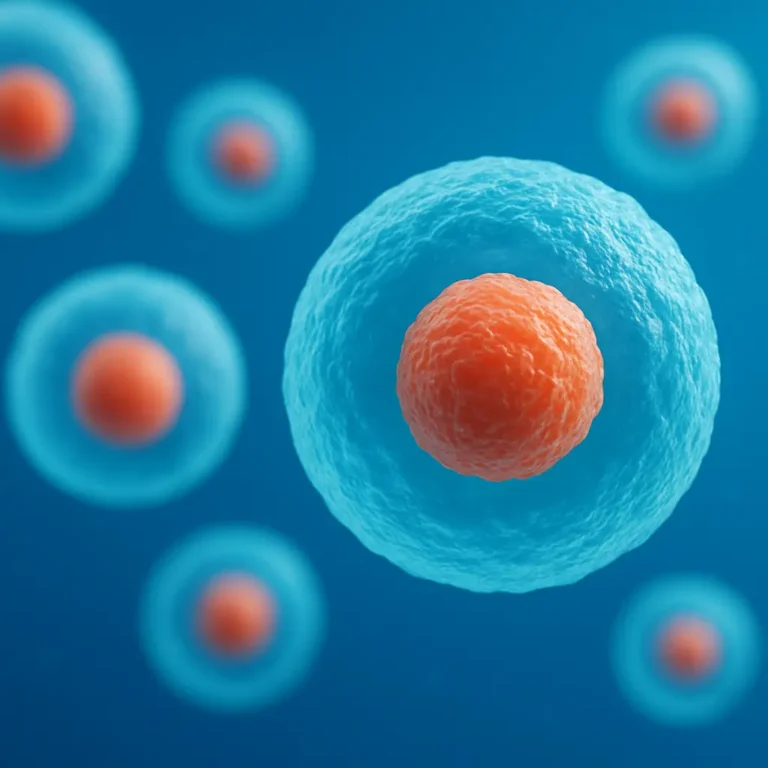
Single-cell RNA-seq (scRNA-seq)
Single-cell RNA-seq (scRNA-seq) uses intact, whole cells and captures the full cytoplasmic and nuclear transcriptome. It’s ideal when you can obtain high-quality, viable cells, such as from fresh tissues, blood, or cultured cells. You get a richer, more complete expression profile — but it requires careful handling to preserve cell integrity.
- Use single cells when you want the fullest possible transcriptome and have access to fresh, viable samples.
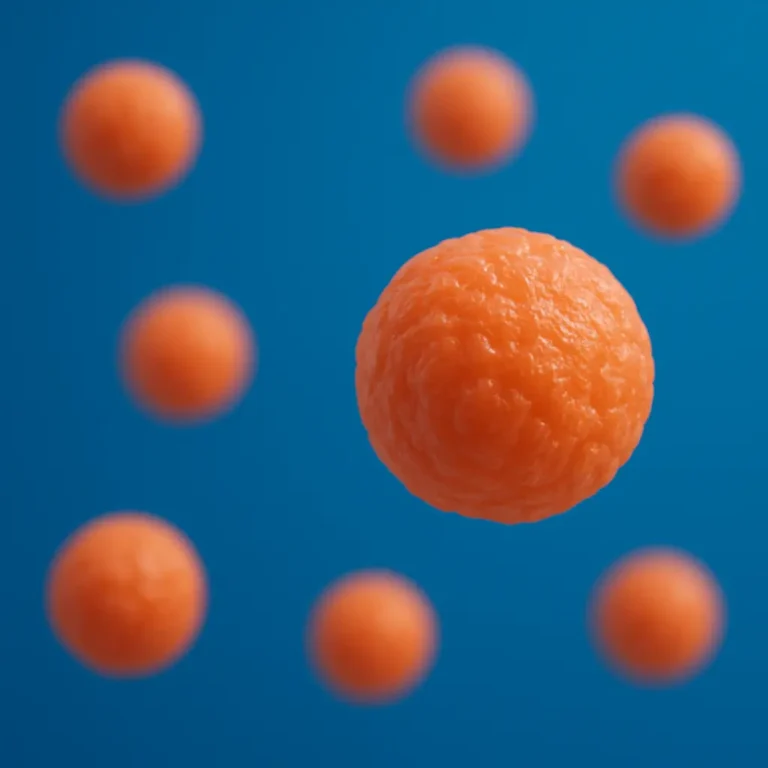
Single-cell nuclei RNA-seq (scnRNA-seq)
Single-nucleus RNA-seq (snRNA-seq) isolates just the nuclei and profiles nuclear RNA. It’s often used when intact cells are hard to obtain — like from frozen, archived, or tough tissues (e.g., brain, fibrotic tissue). It also reduces biases from dissociation stress (which can alter cell states) and can be a better choice when dealing with fragile or complex samples.
- Use single nuclei when working with frozen, delicate, or hard-to-dissociate tissues — or when minimizing stress artifacts is critical.
Our Process
What you provide
Tissue samples or single-cell suspensions
Single-cell suspensions should be at a minimum concentration of 400 cells/ul with a viability greater than 70%, with at least 50K cells total per sample.
What 3D Genomics provides
- Cell preparation including dissociation, dead cell removal and/or nuclei isolation, if applicable, the Miltenyi GentleMACS Octo tissue dissociator is used for the purpose of improving the yield and quality of dissociated cells
- Single cell isolation, cDNA Synthesis and library preparation including QC for sequencing. 3D Genomics works with all 10x Genomics as well as other available single cell assays.
- Sequencing, read mapping and alignment using CellRanger as well as other pipelines and informatic tools.
What 3D Genomics delivers
- Raw sequencing files (FASTQ) and sequencing QC report.
- For 10x Assays the 10x CellRanger output: web summary, feature-barcode matrices, BAM files, automated secondary analyses, Loupe browser files and other output files
- Computational support including clustering, cell type annotation and multiomic integration, if applicable
- Remaining tissue samples will be discarded or returned, as per your instructions
Ready to move your spatial and single cell research forward?
Partner with 3D Genomics for high-resolution spatial and single-cell transcriptomics services that move your research forward.
